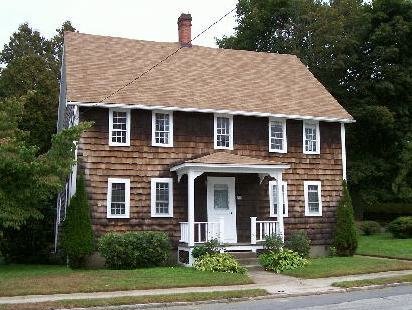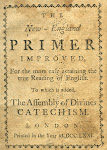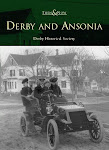I like things that are old. I also like things that are a little odd, or even mildly weird. I like things that are rustic and not too delicate. And I especially like things that are not only decorative, but also readily functional in some capacity. Today, I ended up harvesting some glassware which collectively seems to satisfy most of those requirements.
The Good
This stoneware crock (I am very fond of stoneware, generally) has an attractive blue floral design, a wire handle, and drainage holes bored into the bottom. I'll probably use it as an extra crock for utensils, or maybe even for a small house plant:

The Odd
These two, small, oddly shaped, blue-glass pitchers are examples of the kind of glassware I like to collect for adorning window sills. I have a number of pieces like this: green glass, some reds, yellows, and a lot of blues. They have a nice way of sparkling in the sunlight when filled with water, and are ideal for holding small cuttings.
They make me think about life in early colonial days, when decent home decorations (and just about anything tinted blue) were hard to come by. Small colored glass bottles or containers brought over from Europe must have been viewed as a rare thing to have:

The Ugly
Somehow a tad ugly, somehow very beautiful, this bizarre looking stoneware creamer has a spout that was sharply pinched for precise pouring. But how very strange that so much of the flared top had been pulled in alongside the spout! Was this done intentionally? Who knows? But it's definitely a rare looking piece.
It has a nice, blue, floral pattern and also matches the crock nicely. I'll probably use it for an artificial floral piece, or maybe a small, live plant. But not as a creamer -- I never use old pieces like this for serving, because you never can be sure that they do not contain lead. Rather, I only use modern, purchased stoneware and reproduction pewter for serving and dining:


























